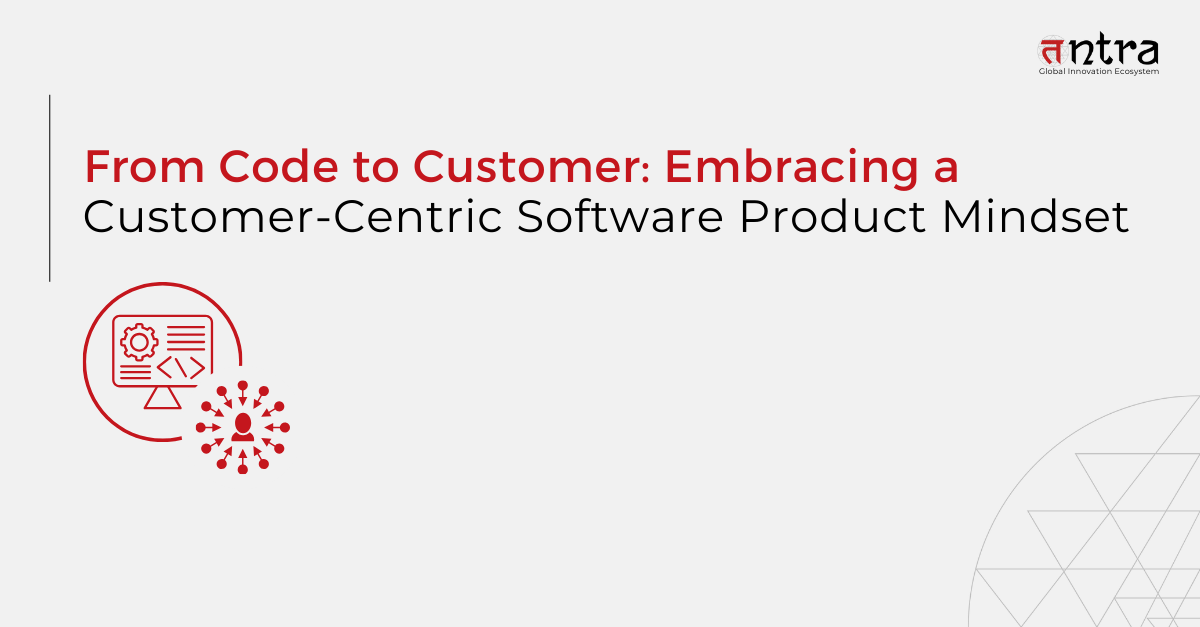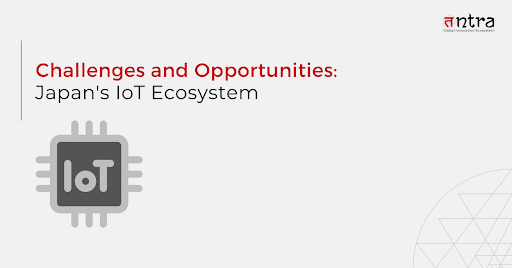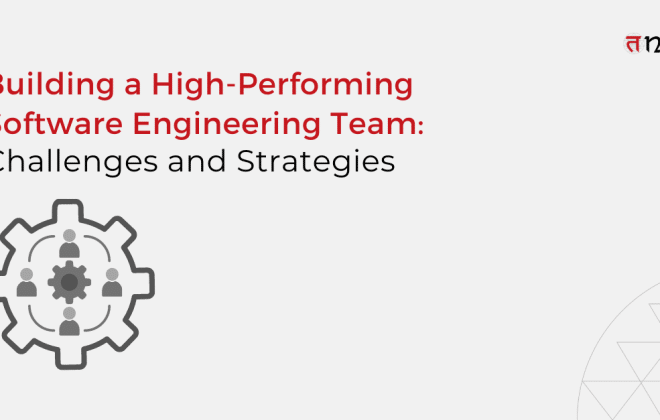
From Code to Customer: Embracing a Customer-Centric Software Product Mindset
Table of Contents
ToggleCreating a customer-centric software development culture is critical to corporate growth and success. This article covers practical strategies to accomplish this, such as understanding the customer perspective, publicizing innovative ideas, harnessing data and analytics, prioritizing customer-centric hiring, and creating measurable KPIs. By focusing on customer demands and input throughout the development process, businesses can create products that engage with their intended audience and produce long-term value. Continue reading to learn more.
IKEA places a high value on customer satisfaction. According to Maja Bricevic, a Communications Specialist at IKEA Canada, “IKEA’s vision is to create a better everyday life for the many, and is committed to meeting the needs of its customers by creating a great customer experience, whenever and wherever [customers] want to meet us.”
The Swedish home retailer is known for its immersive in-store customer experience. Customers may shop in tastefully decorated and curated areas, visit a food court to nibble on famed meatballs, and even take advantage of free daycare.
Aside from the in-store experience, IKEA’s internet presence is likewise highly focused on customer-centric software development. One method the customer does this is through the IKEA Place app. When shopping for house furnishings, it can be difficult to visualize how an item will look in your room. Customers may use the app to digitally install true-to-scale 3D models in their own location, outfit an entire room with a single tap, or search for the perfect product using their camera.
(Source: Netomi)
Why Keeping Customers at Core of Software Products in Essential
Customer-centric companies claim 60% better profitability than those that do not focus on CX.
In their most recent fiscal year, 41% of customer-obsessed organizations experienced at least 10% revenue growth, compared to 10% of less mature companies. Customer passion does not require your brand to resemble any other brand. It’s all about improving on your existing strengths.
How to Implement a Customer-Centric Software Product Mindset
It’s no surprise that customer centricity is a top priority because it allows for faster response to customer opportunities and increases customer satisfaction and loyalty, which has a positive impact on customer lifetime value.
A Customer-Centric Culture also facilitates the introduction of product-led growth and services that resonate with the target audience, hence enabling corporate growth.
Most technology organizations remain product or sales-focused, with customer centricity limited to certain roles such as marketing. However, developing a truly customer-centric software product mindset begins with everyone in the company adopting this mindset in their approach and decision-making at the grassroots level.
Here’s how to integrate customer-centric mindset characteristics in software development:
- Understand the customer’s perspective
While IT companies continue to innovate and challenge established standards, they may become overly inwardly focused, thereby impacting the customer experience. We must put ourselves in the shoes of our customers and see our products and services through their eyes. It enables us to discover opportunities across the customer journey and address them proactively in order to improve the customer experience and raise the bar at every customer touchpoint, ultimately delighting the customer. - Publicize new ideas
We’ve seen numerous organizations devote significant time and energy to developing a new product or improving an old one, only to discover that it doesn’t resonate with the market, resulting in a waste of resources. One approach is to consider how a customer-driven software innovation or service will be communicated to the customer and whether it will make for an engaging narrative. This is a rigorous procedure followed by Amazon, which has resulted in several product breakthroughs that have been well received by customers. So, when your tech team is attempting to develop a new product, you can establish a procedure in which they must begin with a press release that conveys what the new product or service is, what features and benefits it offers, and solicit comments from impartial teams to enhance the release. - Leverage data & analytics
Insights are critical for personalisation, which is the foundation of customer-centricity. Only by understanding your customers can you change your company culture to be customer-centric. When every interaction with a client is properly documented and analyzed, organizations can gain insights that can help teams unlock customer value from software product engineering solutions. Another important step is to democratize these consumer insights so that, regardless of whether a team member is working on a smaller component of the larger ecosystem, everyone can see the big picture of how the end-user experience with a product or service will appear. - Focus on customer-centric hiring
Building a customer-centric culture in a technology organization begins with a staff that is passionate about solving problems for customers. As a result, it’s not only about coaching the team to be more customer-centric, but also about viewing hiring as an opportunity to raise the standard with new talent who can challenge the status quo from a customer standpoint. So, when hiring, make sure to look objectively at how the candidate has innovated for customers in previous roles, challenged the status quo to improve the customer experience, or done something useful based on understanding consumer demands. - Implement metrics to measure
As someone correctly stated, “You can’t manage what you don’t measure.” It also applies to the development of a customer-centric culture. Organizations can begin by building customer-centric products for the in-store experience, selection, pricing, convenience, customer service, and other business-relevant areas. In large IT organizations, varied and cross-functional teams working on their primary areas of competence can become isolated. Creating these customer success benchmarks provides a unified view of how all of those initiatives affect the customer experience. It also assists in identifying leaks or potential dangers, allowing the team to work on them ahead of time.
Final Thoughts
A customer-centric approach is critical for developing software that not only meets, but exceeds, user expectations. By putting the user at the center of the development process, businesses can design products that are intuitive, engaging, and, ultimately, marketable. Companies that prioritize the user experience can strengthen client relationships, generate business growth, and remain ahead of the competition.
Tntra is a leading software product engineering company that designs customer-centric solutions for customers across the globe. If you want to kickstart your journey to customer-centric software development, contact us today!
Schedule a FREE CONSULTATION Call!





